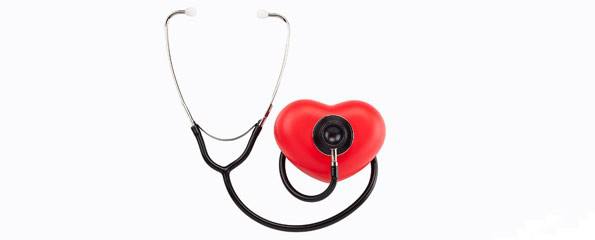Retrograde access helps endovascular surgeons save limbs of people facing amputation
When trying to unclog a drain, plumbers will insert a device from the top and guide it down to push through whatever is causing the blockage. Endovascular surgeons use the same technique when trying to open up the vessels of patients with peripheral artery disease (PAD). However, sometimes the vessels become so hardened that it’s impossible to push through. A new technique called retrograde access now gives surgeons an additional path from below.
When trying to unclog a drain, plumbers will insert a device from the top and guide it down to push through whatever is causing the blockage. Endovascular surgeons use the same technique when trying to open up the vessels of patients with peripheral artery disease (PAD). However, sometimes the vessels become so hardened that it’s impossible to push through. A new technique called retrograde access now gives surgeons an additional path from below.
There are three arteries that branch off into smaller arteries and supply blood to the legs and feet,” said Dr. Hosam El-Sayed, an endovascular surgeon with Houston Methodist DeBakey Heart & Vascular Center. Over time, plaque develops in the walls of the arteries and completely blocks blood from flowing to the lower extremities. These patients can develop severe conditions such as non-healing sores or gangrene and could eventually face amputation.
Retrograde access is a delicate procedure that allows surgeons to go through arteries in the foot and work their way upward. El-Sayed says this procedure is not for everyone with PAD, only those complex patients with heavily-calcified arteries. It’s seen in many people with severe diabetes. In those patients, it is not possible to open up these arteries by the regular procedure coming from above.
During this procedure, we access those blocked arteries both from the foot and from the top of the leg through the groin and meet in the middle,” El-Sayed said. “Once that occurs, we can open the vessels with a balloon, a stent, or we can shave the plaque that has built up over time and free blood flow to the legs and feet.”
El-Sayed says smoking puts people at highest risk for PAD, but diabetes, high blood pressure, high cholesterol, kidney failure and obesity are all contributing factors.
“Patients who receive an amputation below the knee for arterial occlusive disease have a 25 percent one-month mortality rate. Above the knee there is a 50 percent one-month mortality rate. That indicates the severeity of the disease in those patients,” El-Sayed said. “So it’s important for people to seek a second opinion when they are told amputation is their only option. Retrograde access gives us another pathway to work through severely diseased arteries. We have saved the limbs of many patients who three years ago were told by others that they would lose them.”
(Source: Houston Methodist)
Dates
Tags
Created by:

 Login
Login














